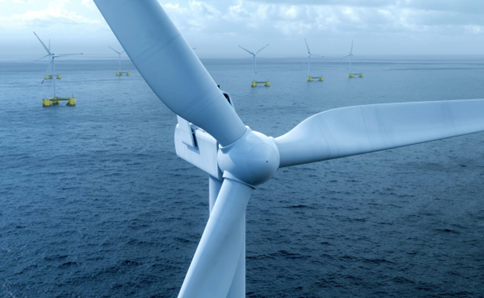The European Commission (EU) proposes to increase Europe’s offshore wind capacity from its current level of 25 GW to between 230 and 450 GW by 2050 (approx. 21 250 new turbines of 20 MW capacity and 750 turbines annually) as one of the strategies to meet the EU’s goal of climate neutrality by 2050. To reach this goal, rapid and large-scale deployment of offshore wind farms (e.g., 50-150 turbines) has become an undeniable need. In addition, the highest energy potential lies far from shore at deep waters where large bottom fixed (e.g., jacket type) and floating substructures are needed. However, the daunting reality is that Europe lacks sufficient production capacity for such structures, and the cost of production is high. The AdaPfab project aims to develop a sustainable and cost-effective prefabrication process, enabling the mass production of offshore wind substructures.
AdaPfab project will shift the paradigm of the current production technology, from one-off production to mass production, of substructures to meet the urgent need for large-scale deployment of offshore wind farms.
Project goals:
- To achieve decreased production cost (15-25%), increased production capacity (40-60%) and reduced production-related CO2 emission (30-50%).
- To develop physics-based manufacturing process planning tools, digital prefabrication supervision and adaptive control methods and automated non-destructive testing (NDT) methods.
The AdaPfab project is an Innovation Project for the Industrial Sector (IPN) with a total budget of 32 MNOK. The project is supported by the Research Council Norway (RCN) and industry partners Aker Solution, Aker Offshore Wind og Vitec. SINTEF Industry, SINTEF Manufacturing and SINTEF Digital are the research partners.

